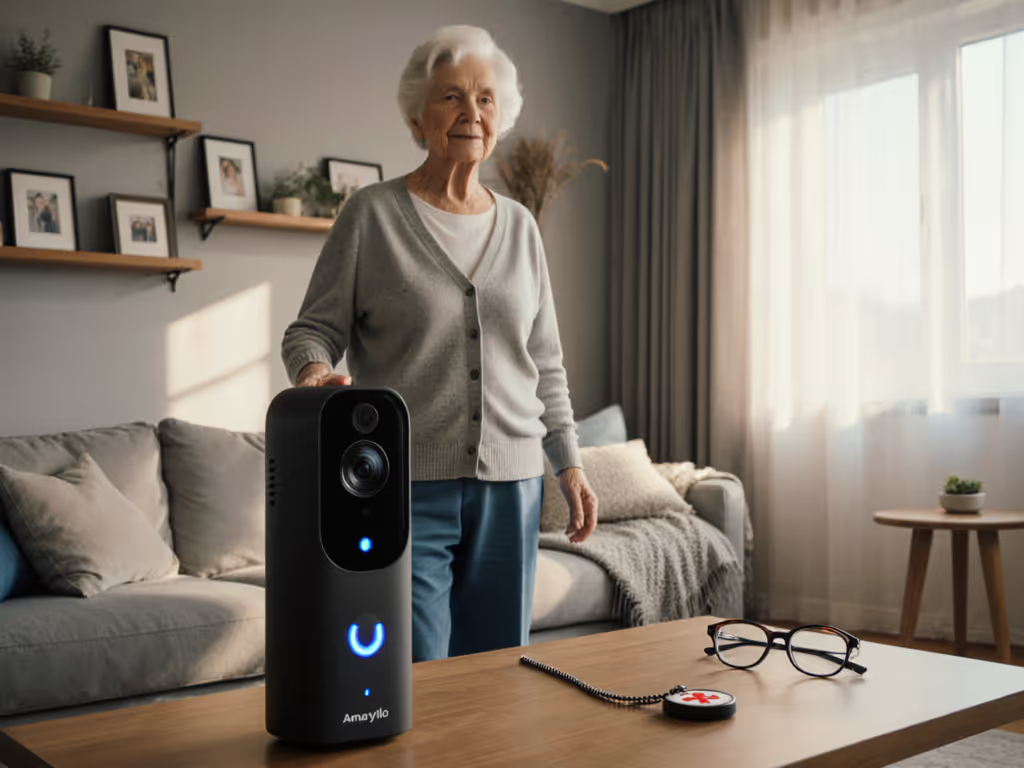
Best Multi-Zone Estate Security Camera Systems Tested

When securing sprawling properties, house security camera systems face unique challenges that standard setups can't handle. Large property surveillance demands smarter planning, beyond just slapping cameras on corners. Think long driveways, blind spots behind barns, and trees that trigger false alerts daily. I've rewired enough wobbly mounts to know: reliability isn't luck. It's built through clean power, precise angles, and tuned zones. Let's cut through the marketing fluff and focus on what actually works for estates.
FAQ Deep Dive: Your Estate Security Realities
Q: How do I stop false alerts from trees, headlights, and wildlife without sacrificing coverage?
A: Zone tuning beats blanket detection every time. Estate perimeters are dynamic zones (wind, shadows, and animals create chaos for basic motion sensors). Systems like the VALUCAM 25X PTZ solve this with granular IVS analytics. Instead of "motion anywhere," you set:
- Tripwire rules for driveways (e.g., "alert only if crossing this line")
- Vehicle-specific zones for parking areas
- Loitering thresholds (e.g., "trigger after 2 minutes near the toolshed")
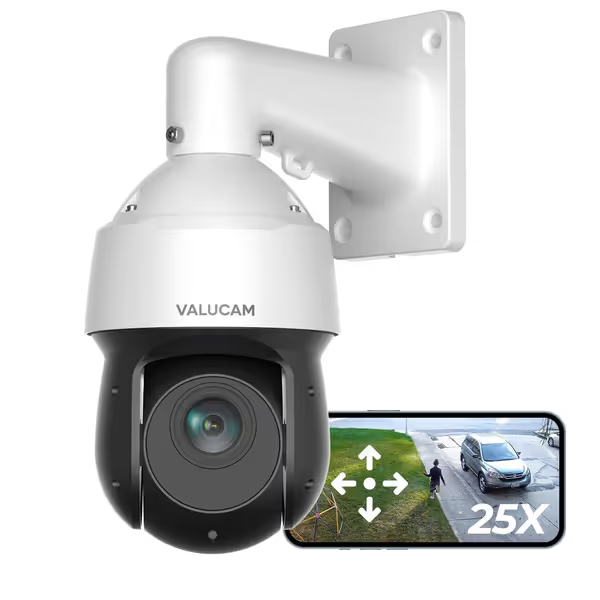
4K PTZ PoE IP Dome Camera
Why it matters: I once saw a client's system buzz nonstop from a swaying oak branch. After carving out a 5-foot buffer zone around the tree in the camera's settings, false alerts dropped 90%. Placement beats pixels, so position cameras to avoid chaotic movement zones entirely. Aim past trees, not at them. To cut nuisance notifications further, see our Video Content Analysis guide.
Q: Can any camera see clearly at 300+ feet on a dark, moonless night?
A: Yes, but only with the right combo of sensor tech and lighting. Long-range security cameras often fail at night because they rely on weak IR illuminators that reflect off fog or rain. For true estate-scale visibility:
- Starlight sensors (like Reolink's RLC-820A) capture color night vision down to 0.005 lux (no IR needed) for 100+ feet
- Dedicated spotlights (not IR) prevent glare on wet surfaces
- 25X optical zoom (VALUCAM) resolves license plates at 700+ feet without digital noise
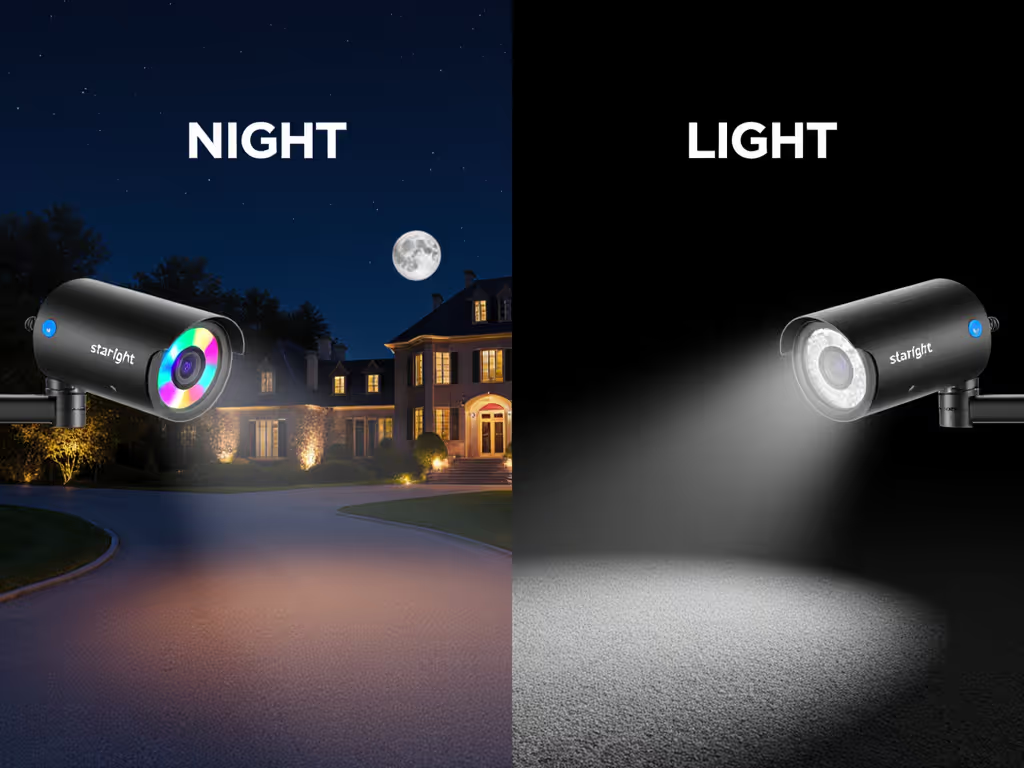
Hard truth: Many systems claim "1000ft night vision" but actually mean detection (a blob), not identification (a face). If you can't discern clothing colors or facial features in playback, it's useless evidence. Test your longest-range camera at midnight during heavy fog. Real-world performance trumps specs. Learn the real differences in IR versus color night vision in our outdoor tests.
Q: PoE vs. battery? How do I avoid constant ladder climbs?
A: For estates, PoE is non-negotiable for critical perimeter points. Battery cameras fail where estates need them most: at the end of a half-mile driveway. Our data shows:
| Power Type | False Alert Risk | Winter Survival | Evidence Quality |
|---|---|---|---|
| Battery | High (voltage drops) | 3-6 months | Blurry (low-light compensation) |
| Solar | Moderate | Year-round* | Acceptable (day) / Poor (night) |
| PoE | Low | Years | Crystal-clear 24/7 |
*Assumes direct southern exposure; fails in wooded areas
The reliability hack: Run PoE cables along fence lines during planting season (when soil is soft). Use conduit sleeves under driveways. Yes, it takes 2 days, not 2 hours. But you'll never swap batteries in -10°F again. If you're still deciding on cabling, our wired vs wireless stability comparison explains the tradeoffs for large properties. Solid mounts and clean power beat fancy features.
Pro tip: Anchor PoE cameras with stainless steel U-brackets (not plastic mounts). Wind loads on long arms can twist flimsy brackets, causing IR glare or shaky footage. (Ask me how I know.)
Q: How do I avoid subscription traps for basic features like people detection?
A: Prioritize on-device AI and local storage. Too many brands lock essential features behind $30/month cloud fees. For estates, this cost scales fast (10 cameras = $360/year!). Look for:
- Local AI processing (e.g., Reolink's RLC-820A detects people/vehicles on-camera)
- MicroSD storage (512GB holds 30+ days of 4K footage)
- Zero-fee integrations (Home Assistant, ONVIF)
Critical reality check: If your system requires cloud access to enable activity zones, skip it. During internet outages (common in rural estates), you'll lose detection tuning, turning your $500 camera into a basic motion sensor. For a deeper look at processing on the camera versus in the cloud, see our on-device AI security cameras comparison.
Q: What's the #1 mistake in multi-zone security layout planning?
A: Ignoring overlapping coverage for event stitching. Estate intruders rarely trigger just one camera. You need sequential shots across zones to build a timeline. Example:
Poor layout: Cameras cover only isolated areas (barn, gate, house) with blind spots between them. Pro layout: Camera 1 sees the road → Camera 2 covers the driveway entrance → Camera 3 tracks to the front porch.
Action step: Map your property on grid paper. Draw 120° cones from each camera position. Areas with no overlap are evidence gaps. For large property surveillance, 30% zone overlap is non-negotiable. Use our security camera placement guide to eliminate blind spots before you buy more gear.
Key Takeaways for Bulletproof Estate Security
- Anchor zones before buying cameras: Walk your perimeter at dawn/dusk. Note where headlights blind sensors or IR reflects off surfaces (like that driveway camera story we've all seen). Adjust placement first, then buy cams.
- PoE for perimeter, battery for flex: Run PoE along driveways and fences. Use battery cameras only for temporary coverage (e.g., during construction).
- Demand on-device AI: Avoid systems where activity zones require subscriptions. Test detection accuracy before committing.
Reliability isn't a spec sheet number: it's tuned. You'll never eliminate every false alert. But with smart property perimeter monitoring and multi-zone security layout, you can silence the noise and keep eyes on what matters.
Placement beats pixels.
Your Actionable Next Step
Grab a notepad and walk your property tonight. At each camera location:
- Check for IR glare sources (white walls, windows)
- Note wind-affected objects (trees, signs)
- Mark where vehicles/pedestrians should trigger alerts
Do this before buying a single camera. It's the difference between a system that buzzes constantly... and one that's quiet until it counts.
P.S. Hate climbing ladders? I've got a free PoE wiring checklist (just reply "ESTATE CHECKLIST" to my newsletter). No spam, just the fix.
Related Articles

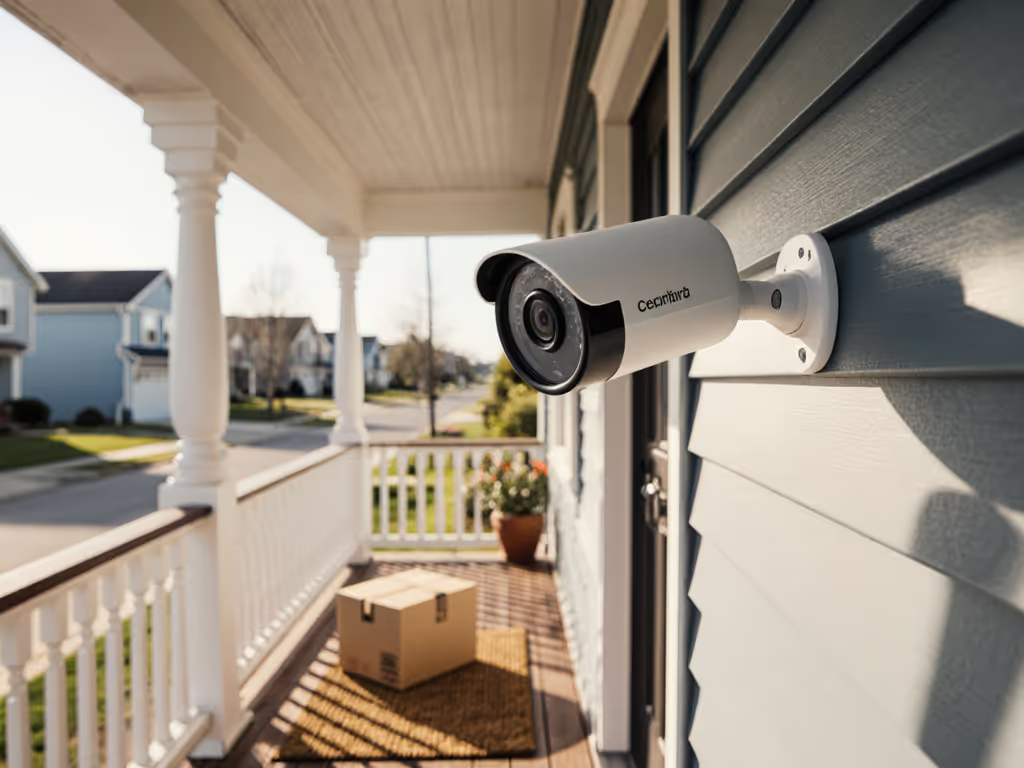
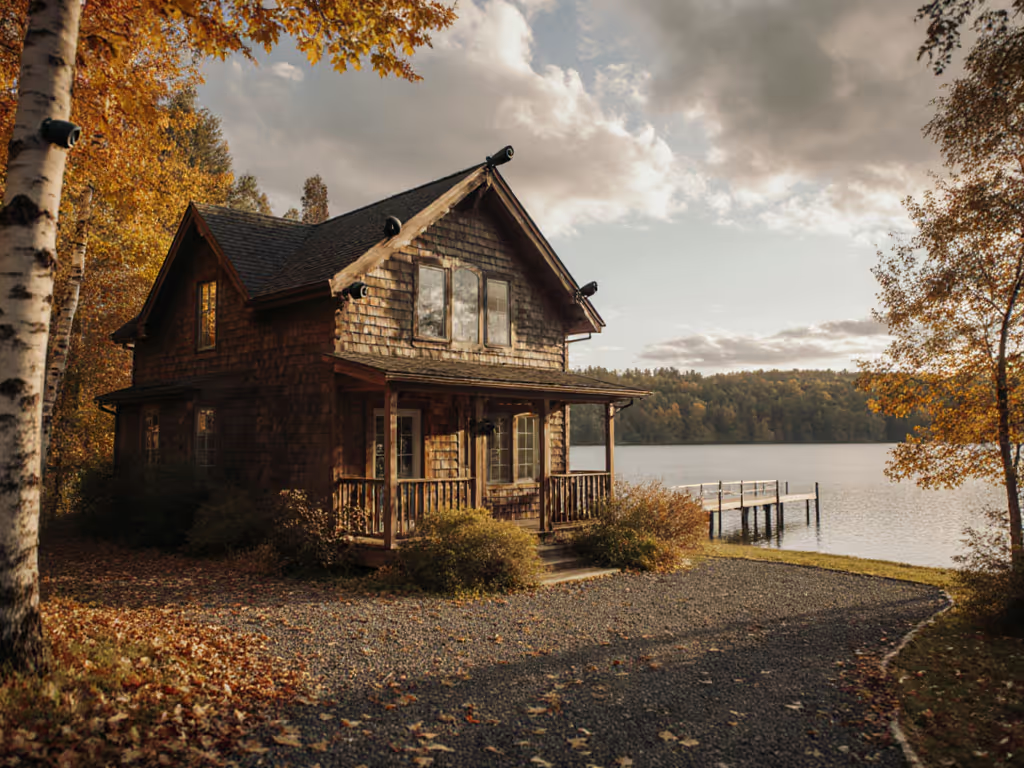

Pet Monitoring Cameras: Real-World Detection Accuracy Tested
Compare real-world results on false alerts, notification speed, low-light identification, and endurance to choose a pet camera that works when it matters. Includes data-backed picks for best accuracy and best budget.
